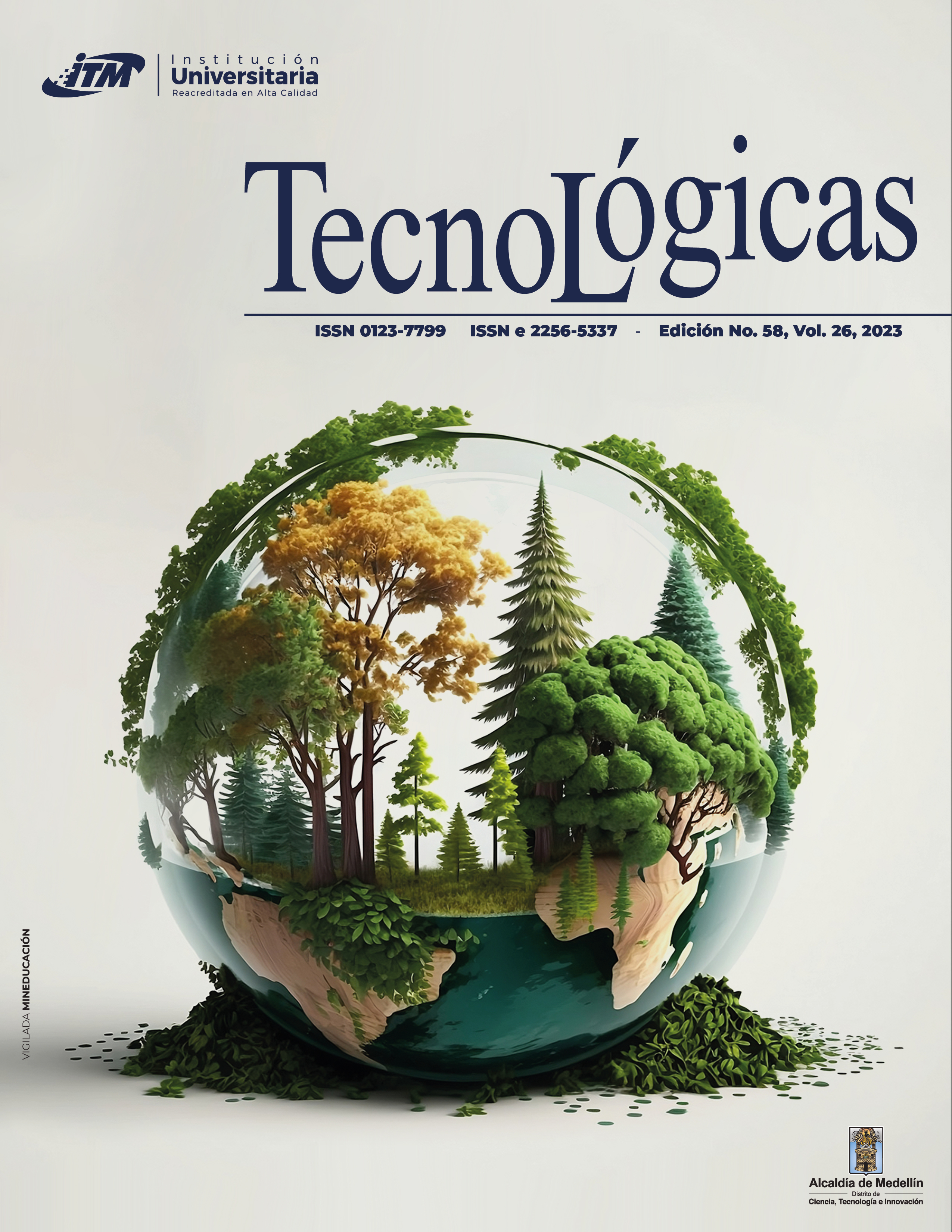Advanced Materials: Safe Biomaterials or Certified Medical Devices?
Abstract
To talk about biomaterials and their development, we would have to remember the history that humanity has traversed to reach the era of advanced materials. We are a post-pandemic civilization that carries the experience of an industrial revolution, two world wars, two atomic bombs, an aerospace race, and at least 150 years of documented scientific history. Each of these events has driven the generation of better and more tools, so it is not surprising that life expectancy has progressively increased, from 34 years in 1913 to 75 years in 2022 [1]. However, evaluating the biological response of a material over time and circumstances has been and continues to be a challenge for the scientific community. Let's not go far; we are still observing and awaiting the effects of vaccines that were administered to a large portion of the world's population against SARS-CoV-2. We are sitting, watching from the sidelines, hoping that serious side effects or new health alerts do not arise.
References
D. E. Bloom, and L. M. Sucker, “El Envejecimiento, La Auténtica Bomba Demográfica,” Fondo Monetario Internacional Finanzas y Desarrollo, 2023. Disponible: https://www.imf.org/es/Publications/fandd/issues/Series/Analytical-Series/aging-is-the-real-population-bomb-bloom-zucker
C. J. Cela-Conde, and F. Ayala, “Tools made us human. The role of technology in the biological and social evolution of the Homo genus,” Sociology and technoscience, vol. 8, no. 2, pp. 1-25, Apr. 2018. https://doi.org/10.24197/st.2.2018.1-25
J. R. Galvele, “Los materiales y la humanidad,” in Materiales y materias primas, Instituto Nacional de Educación Tecnológica, Ciudad Autónoma de Buenos Aires, 2011. Disponible: https://www.inet.edu.ar/wp-content/uploads/2012/11/los-materiales-y-la-humanidad.pdf
S. Collado-Vázquez, and J. M. Carrillo, “Cranial trepanation in the Egyptian,” Neurología, vol. 29, no. 7, pp. 433-440, Sep. 2014. https://doi.org/10.1016/j.nrleng.2011.05.008
J. Forestier, “Rheumatoid arthritis and its treatment by gold salts,” The Lancet, vol. 224, no. 5705, pp. 646-648, Sep. 1934. https://doi.org/10.1016/S0140-6736(00)82169-8
P. Nie, Y. Zhao, and H. Xu, “Synthesis, applications, toxicity and toxicity mechanisms of silver nanoparticles: A review,” Ecotoxicology and Environmental Safety, vol. 253, p. 114636, Mar. 2023. https://doi.org/10.1016/j.ecoenv.2023.114636
M. Tampa, I. Sarbu, C. Matei, V. Benea, and SR. Georgescu, “Brief History of Syphilis,” Journal of Medicine and Life, vol. 7, no. 1, pp. 4-10, Mar. 2014. https://www.ncbi.nlm.nih.gov/pmc/articles/PMC3956094/
K. Norton, “Un breve recorrido por la historia de la protésica,” Amputee coalition, 2007. Disponible: https://www.amputee-coalition.org/resources/spanish-history-prosthetics/
M. Giner et al., “Estudio de biocompatibilidad y osteointegración de nuevos materiales protésicos,” Rev Osteoporos Metab Miner, vol. 12, no. 3, pp. 92-97, Sep. 2020. https://dx.doi.org/10.4321/s1889836x2020000300004
R. Kumazawa, F. Watari, N. Takashi, Y. Tanimura, M. Uuo, and Y. Totsuka, “Effects of Ti ions and particles on neutrophil function and morphology,” Biomaterials, vol. 23, no. 17, pp. 3757-3764, Sep. 2002. https://doi.org/10.1016/S0142-9612(02)00115-1
T. Hryniewicz, R. Rokicki, and K. Rokosz, “Corrosion and surface characterization of titanium biomaterial after magnetoelectropolishing,” Surface and Coatings Technology, vol. 203, no. 10-11, pp. 1508-1515, Feb. 2008. https://doi.org/10.1016/j.surfcoat.2008.11.028
K. Sadtler, J. Colins, J. D. Byrne, and R. Langer, “Parallel evolution of polymer chemistry and immunology: Integrating mechanistic biology with materials design,” Advanced Drug Delivery Reviews, vol. 156, pp. 65-79, 2020. https://doi.org/10.1016/j.addr.2020.06.021
B. H. J. Gowda et al., “Nanoparticle-based therapeutic approaches for wound healing: a review of the state-of-the-art," Materialstoday Chemistry, vol. 27, p. 101319, Jan. 2023. https://doi.org/10.1016/j.mtchem.2022.101319
S. Londhe, S. Haque, and C. R. Patra, “Silver and gold nanoparticles: Potential cancer theranostic applications, recent development, challenges, and future perspectives,” in Gold and Silver Nanoparticles, Elsevier, 2023, pp. 247-290. https://doi.org/10.1016/B978-0-323-99454-5.00006-8
K. Sadtler et al., “Divergent immune responses to synthetic and biological scaffolds,” Biomaterials, vol. 192, pp. 405-415, Feb. 2019. https://doi.org/10.1016/j.biomaterials.2018.11.002
P. L. Graney, E. B. Lurier, and K.L. Spiller, “Biomaterials and Bioactive Factor Delivery Systems for the Control of Macrophage Activation in Regenerative Medicine,” ACS Biomater. Sci. Eng., vol. 4, no. 4, pp. 1137-1148, Feb. 2017. https://doi.org/10.1021/acsbiomaterials.6b00747
Biological evaluation of medical devices, ISO 10993-1:2018, Suiza, 2018. Disponible: https://www.iso.org/standard/68936.html
Downloads
Copyright (c) 2023 TecnoLógicas

This work is licensed under a Creative Commons Attribution-NonCommercial-ShareAlike 4.0 International License.
Altmetric










